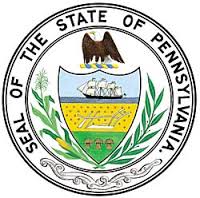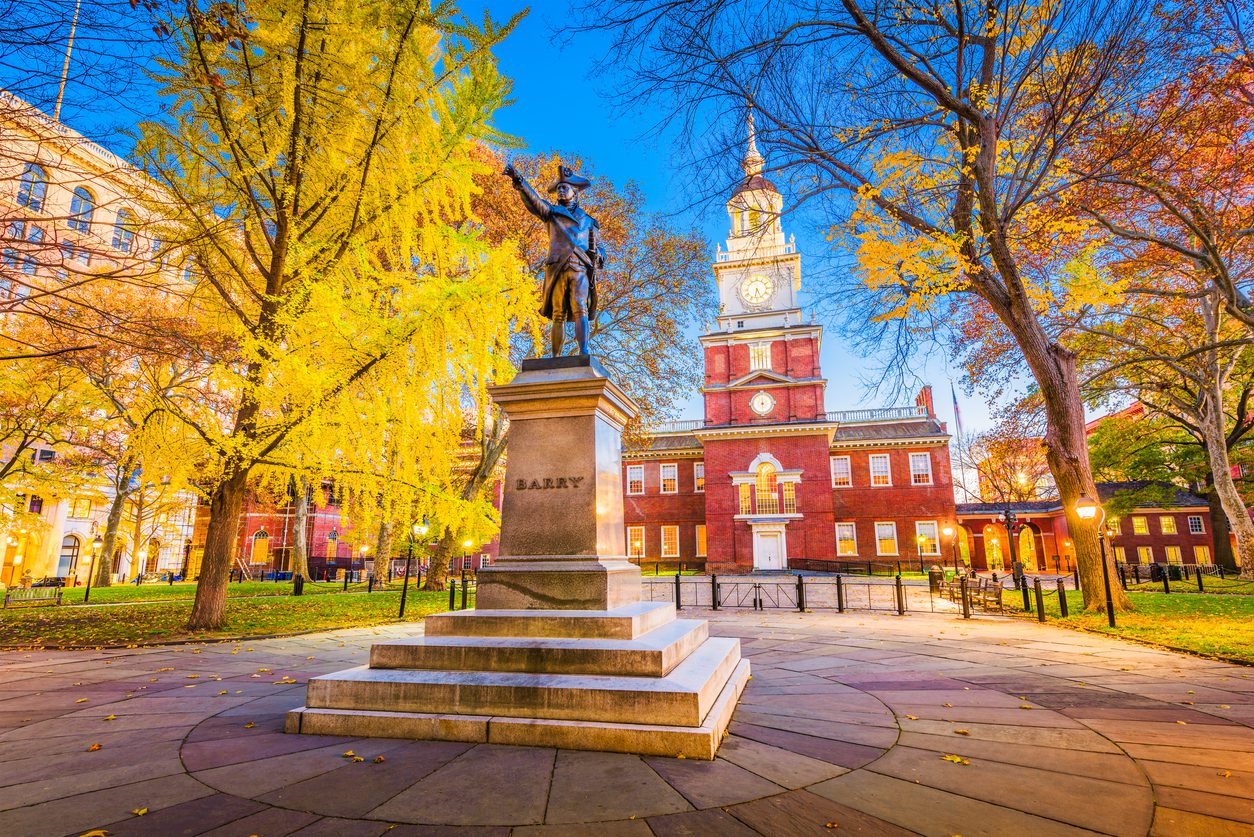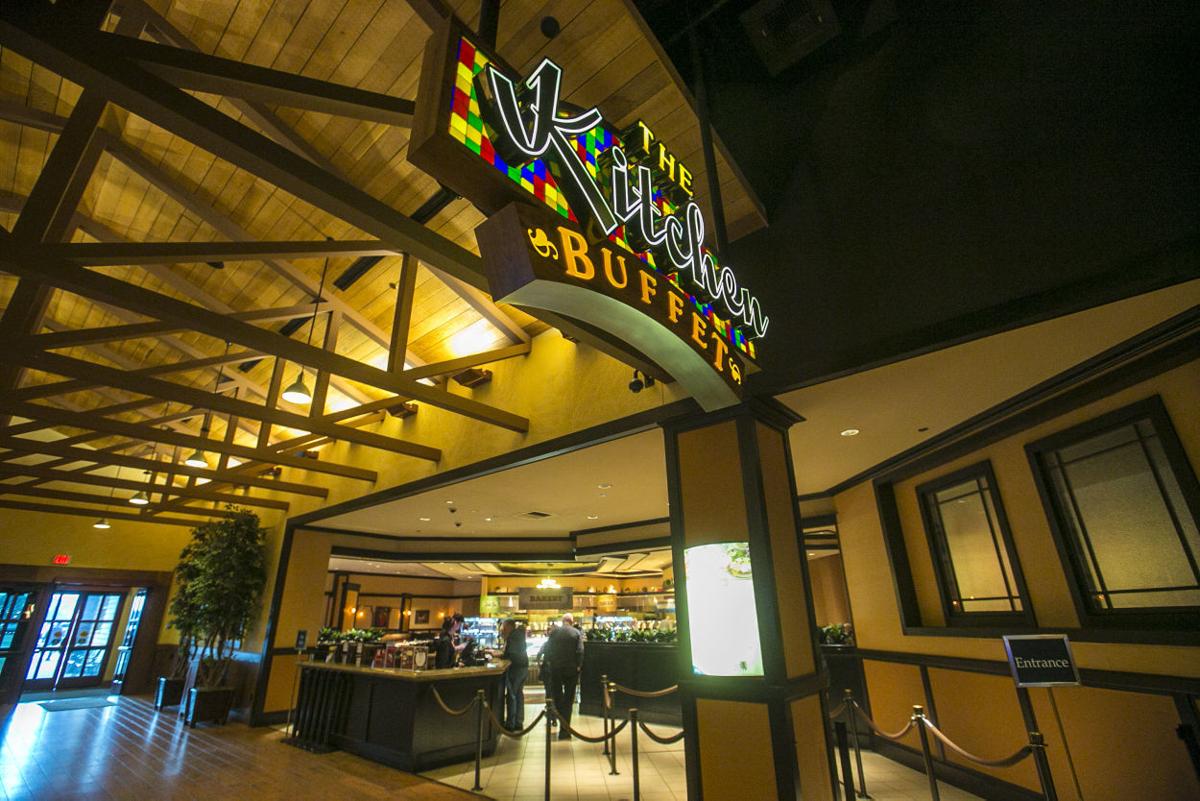Overall, Pennsylvania casinos generated upwards of $55.4 million in internet gaming revenue in August, up a whopping 94% from just over $3.4 million in the same month of 2019. Not only is that a record amount, surpassing the $462.8 million wagered in September, but Pennsylvania joined Nevada and New Jersey as the only states to break the half-billion dollar barrier for a. Pennsylvania Online Gambling, Sports Betting Key in Keystone State, as Retail Revenue Plummets. Posted on: December 17, 2020, 12:24h. Last updated on: December 17. Total gaming revenues from across the state hovered around $320.2 million in October, an almost 13% increase from last year, the board reported. That increase was largely carried by iGaming slots.
- Pennsylvania Gambling Tax Revenue
- Pennsylvania Gambling Age
- Pennsylvania Gaming Revenues
- Pennsylvania Casinos
- Pennsylvania Gambling Revenue Laws
- Pennsylvania Gambling Casinos
HARRISBURG, Pa. (AP) — Pennsylvania’s commercial casinos reached a new high in revenue last year, state regulators said Thursday, a record boosted by an aggressive new expansion of gambling authorized by state lawmakers and Gov. Tom Wolf in 2017.
The Pennsylvania Gaming Control Board said revenue at the state’s 12 casinos, as well as through fantasy sports contests and video gambling terminals at truck stops, rose in 2019 by $146 million, or 4.5%, over 2018 to above $3.4 billion.
It was the fifth straight calendar year that casino revenue grew in Pennsylvania.
Slot machine revenue was the lion’s share of the revenue at almost $2.4 billion, but shrank about $7 million. Revenue from table games rose by about $25 million to above $900 million.
The 2019 figures had the benefit of the first results from online gambling, sports betting and video gambling terminals at truck stops.

Online gambling through the licensed casinos contributed almost $34 million while sports betting contributed $84 million. Video gambling terminals at truck stops contributed $2 million while fantasy sports contests contributed almost $26 million, up by $10.5 million from 2018.
Pennsylvania’s commercial casinos are No. 2 in the nation in gross revenue, after Nevada’s. Pennsylvania is No. 1 state in tax revenue from the casino industry, at about $1.5 billion.

In the 13 years since the first casino opened its doors the state of Pennsylvania has grown into the country’s second-largest gambling market, trailing only Nevada. And I’m happy to report that the industry is showing no signs of slowing down.
In the latest fiscal year revenue reports (July 1, 2018 – June 30, 2019), gaming revenue set a new high watermark at just over $3.3 billion. That represents a 1.84% increase over FY2017/2018.
Pennsylvania Gambling Tax Revenue
Pennsylvania slots performance
Pennsylvania casinos collectively saw slot revenue rise by 1.1% in FY2018/2019.

That number looks even better when you factor in the average number of slot machines in the state decreased by 3.4% – from 25,737 in June 2018 to 24,869 this year.
On the individual operator level, slot revenue results were mixed. Six of the state’s casinos saw slot revenue increase, and six casinos dealt with slot revenue declines.
Valley Forge experienced the largest increase, with slot revenue up nearly 12% year-over-year. The bulk of gains can be traced to the gaming expansion law passed in late 2017.
The law benefitted Valley Forge in two ways.
- It allowed Category 3 casinos like Valley Forge to remove the restrictive $10 “amenity fee” requirement for non-hotel guests for a one-time payment of $1 million.
- It allowed Category 3 casinos to increase the number of slot machines (from 600 to 850) and/or an additional 15 table games for additional one-time payments of $2.5 million and $1 million respectively.
Valley Forge has taken advantage of both changes, and it’s hard to argue with the results.
Pennsylvania table game performance
Statewide table game revenue decreased just over 1% in FY2018/2019.
As was the case with slot revenue, individual casino results varied, with six properties up, and six properties down.
- Rivers Casino: 9.31%
- SugarHouse Casino: 6.24%
- Presque Isle Downs and Casino: 5.71%
- Parx Casino: 2.47%
- Hollywood Casino at Penn National Race Course: 2.43%
- Valley Forge Casino Resort: 1.19%
- Wind Creek Bethlehem (formerly Sands Casino): -3.27%
- Harrah’s Philadelphia Casino and Racetrack: -8.27%
- Mount Airy Casino Resort: -9.23%
- The Meadows Casino: -10.55%
- Mohegan Sun Pocono: -19.22%
- Lady Luck Casino Nemacolin: -30.59%
New channels such as PA online casinos play a small but important role
The 2017 gaming expansion law expanded gambling in several ways. Among the expansions were, online casino and poker games, sports betting, online lottery, VGTs at authorized truck stops, daily fantasy sports, and mini-casinos.
Two of those expansions are live, and contributed more than $45 million to the FY2018/2019 gaming revenue tally, DFS and sports betting. Aspects of the law like licensing fees and mini-casino auctions isn’t included in the $3.3 billion of FY2018/2019 gaming revenue.
- Sports betting (retail launch November 2018; online launch May 2019): $21,730,113
- DFS (launched in FY 2017/2018): $23,588,490
That’s a good start, but the sports betting number will be much larger in 2019/2020, as:
- The market will continue to mature.
- Sports betting, and particularly online sports betting will be available in all 12 months of the FY.
And the good news for Pennsylvania is there’s more revenue beyond sports betting waiting in the wings.
Pennsylvania Gambling Age
Pennsylvania Gaming Revenues
More Pennsylvania casino growth is on the way
Pennsylvania Casinos

Here’s why you can expect FY2019/2020 to be another record-setter.
Not only will sports betting revenue increase (likely more than 10-fold compared to the 2018/2019 numbers) but online casino games launched in July, and mini-casinos and VGTs are in the pipeline.
Pennsylvania Gambling Revenue Laws

Pennsylvania Gambling Casinos
Depending on the success of sports betting and online gambling, and how quickly mini-casinos and VGTs get up and running, Pennsylvania could be looking at a $4 billion haul in FY2019/2020. Online elements (DFS, sports betting, and casino/poker) will be the key growth drivers, with revenue potential of $500 million in FY2019/2020.